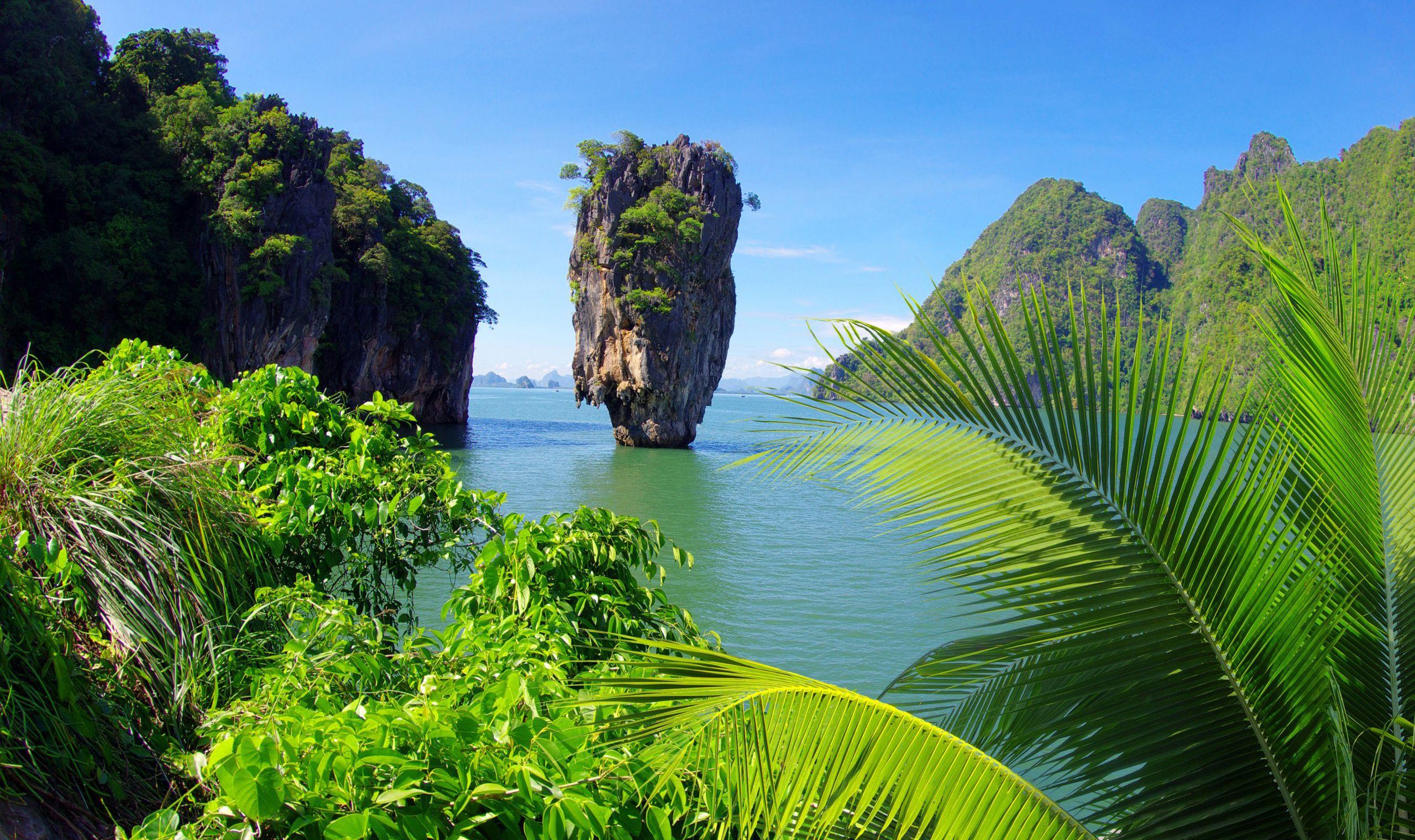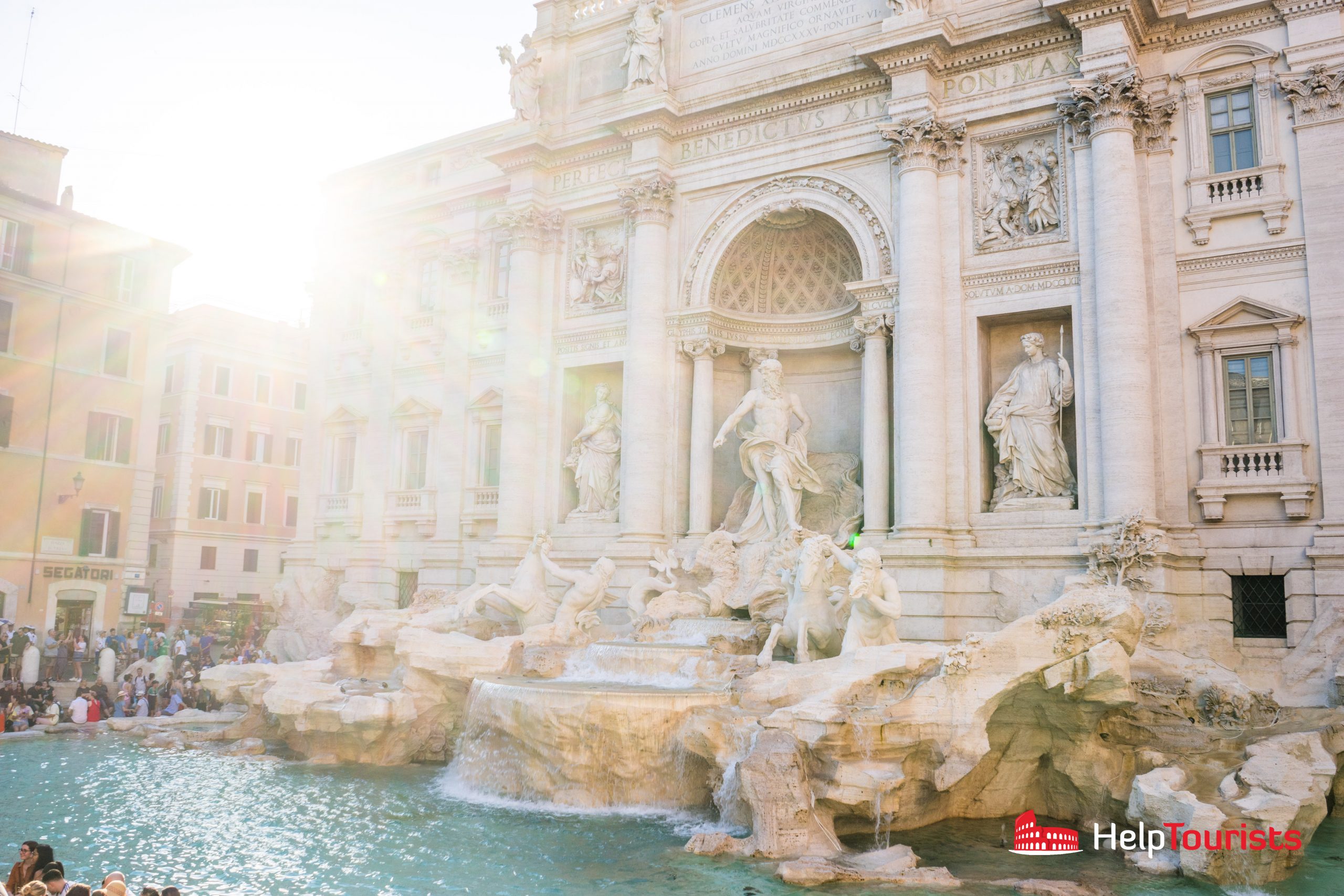Mexico is a land of vivid contrasts and captivated humanity for centuries. While many are familiar with its vibrant culture, delicious cuisine, and rich history, there are myriad odd facts about Mexico that can surprise even the most seasoned scholars of this remarkable nation. Here’s a deep dive into the lesser-known intricacies that make Mexico an astoundingly unique place.
1. The Origins of Chocolate
It’s commonly known that chocolate is beloved worldwide, but few are aware that this delightful treat originated in Mexico. The ancient Mesoamericans, particularly the Olmecs, were among the first to cultivate cacao, using it to create a bitter beverage mixed with spices, often reserved for ceremonial purposes. The Mayans and Aztecs further transformed this drink, incorporating it into their cultural practices and even using cacao beans as currency.
2. The Largest Pyramid in the World
When contemplating pyramids, one may think of Egypt, yet the world’s largest pyramid by volume is located in Mexico—the Great Pyramid of Cholula. This stunning monument, with a staggering volume of over 4.4 million cubic meters, surpasses the Pyramid of Giza. The pyramid was built in several stages, beginning around the 3rd century BCE, and its base covers more ground than any other pyramid in the world.
3. A Country of ‘Many Worlds’
Mexico is widely recognized for its diverse geography. It encompasses a variety of ecosystems, from arid deserts to lush jungles and expansive mountains. However, it’s the rich cultural tapestry that truly signifies the many worlds within Mexico. There are 68 official indigenous languages spoken across the country, representing hundreds of distinct cultures, each with unique traditions and histories. This linguistic variety offers a glimpse into the nation’s multifaceted identity.
4. The Day of the Dead
Often misunderstood as a Mexican version of Halloween, Día de los Muertos (Day of the Dead) is a profound celebration of life and death that honors deceased loved ones. Families create altars adorned with photographs, favorite foods, and fragrant flowers, allowing the spirits to reunite with the living. This festive yet solemn occasion blends indigenous beliefs with Catholic traditions, showcasing Mexico’s rich spiritual heritage.
5. An Ingenious Underground City
Beneath Mexico City lies a sprawling network of tunnels originating from the Aztec civilization. Known as the Templo Mayor, these tunnels served as foundations and storage spaces in an ancient version of the city. The subterranean structures have been a hotspot for archaeological discoveries, offering insights into urban planning practices and social life in the 14th century.
6. Birthplace of the First Color Television
Long before digital streaming took the world by storm, Mexico was home to a groundbreaking invention in the television industry. In the late 1940s, Mexican engineer Guillermo González Camarena created the first color television system, revolutionizing how people experienced media. His contribution laid the groundwork for future developments that would shape the entertainment landscape on a global scale.
7. A Historical Home for World Heritage Sites
Mexico boasts an impressive 35 UNESCO World Heritage Sites, ranging from ancient ruins to natural wonders. These sites reflect the country’s incredible historical and architectural significance. Notable examples include the pre-Columbian city of Teotihuacan and the colonial city of Oaxaca. Each site tells its own tale, contributing to the broader narrative of human civilization.
8. Home to the Monarch Butterfly Migration
Every winter, millions of Monarch butterflies make an extraordinary journey from Canada to Mexico, covering over 3,000 miles. This stunning migration culminates in the oyamel fir forests of Michoacán, where they gather in dense clusters. It’s a captivating sight that emphasizes the importance of ecological preservation, as the habitat for these butterflies faces threats from climate change and deforestation.
9. The Mexican Flag’s Symbolism
The Mexican flag bears a rich tapestry of symbols with significant historical meaning. The eagle perched on a prickly pear cactus, clutching a serpent, reflects an Aztec legend about the founding of Tenochtitlan, the Aztec capital. This imagery is emblematic of strength and resilience, and it encapsulates the spirit of the Mexican people throughout tumultuous history.
10. The Art of Murals
Murals are an integral part of Mexican art history, rooted deeply in its complex socio-political landscape. In the early 20th century, artists like Diego Rivera, David Alfaro Siqueiros, and José Clemente Orozco began to transform public spaces with monumental murals. These vibrant works often depict themes of labor, class struggle, and identity, making the walls of cities a canvas for political dialogue.
11. The Tequila Triangle
Did you know that tequila must originate from a specific region in Mexico? The Tequila Triangle consists of the towns of Tequila, Arandas, and Amatitlán, located in the state of Jalisco. This geographical delineation ensures that what we lovingly call tequila adheres to stringent production standards and is derived from the blue agave plant, making it a product of unique heritage and artistry.
12. The Ancient City of Tepotzotlán
Located just north of Mexico City, Tepotzotlán is home to the former Franciscan Monastery of San Francisco Javier. This baroque marvel dates back to the 17th century and exhibits intricate detail in its design. It’s a testament to the syncretism that defines much of Mexico’s architectural landscape, blending indigenous and colonial influences into an intricate whole.
With a string of odd facts that reveal the depth of its cultural, historical, and natural wealth, Mexico invites exploration beyond the surface. Each peculiar detail acts as a key that unlocks a different perspective on a country that is as varied as its landscapes. Embracing these oddities provides a richer understanding of Mexico—one that transcends the stereotypes and delves into the tapestry of a nation unlike any other.










